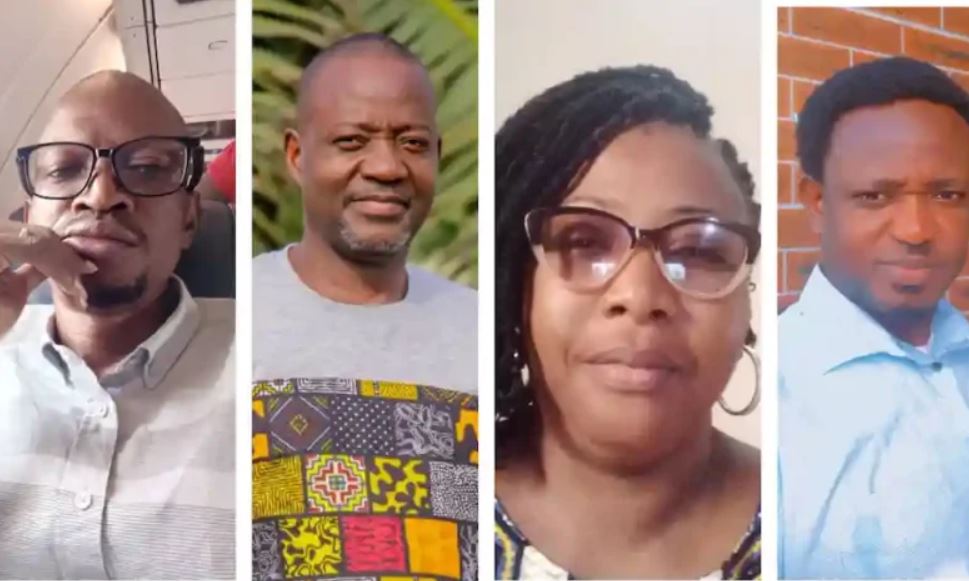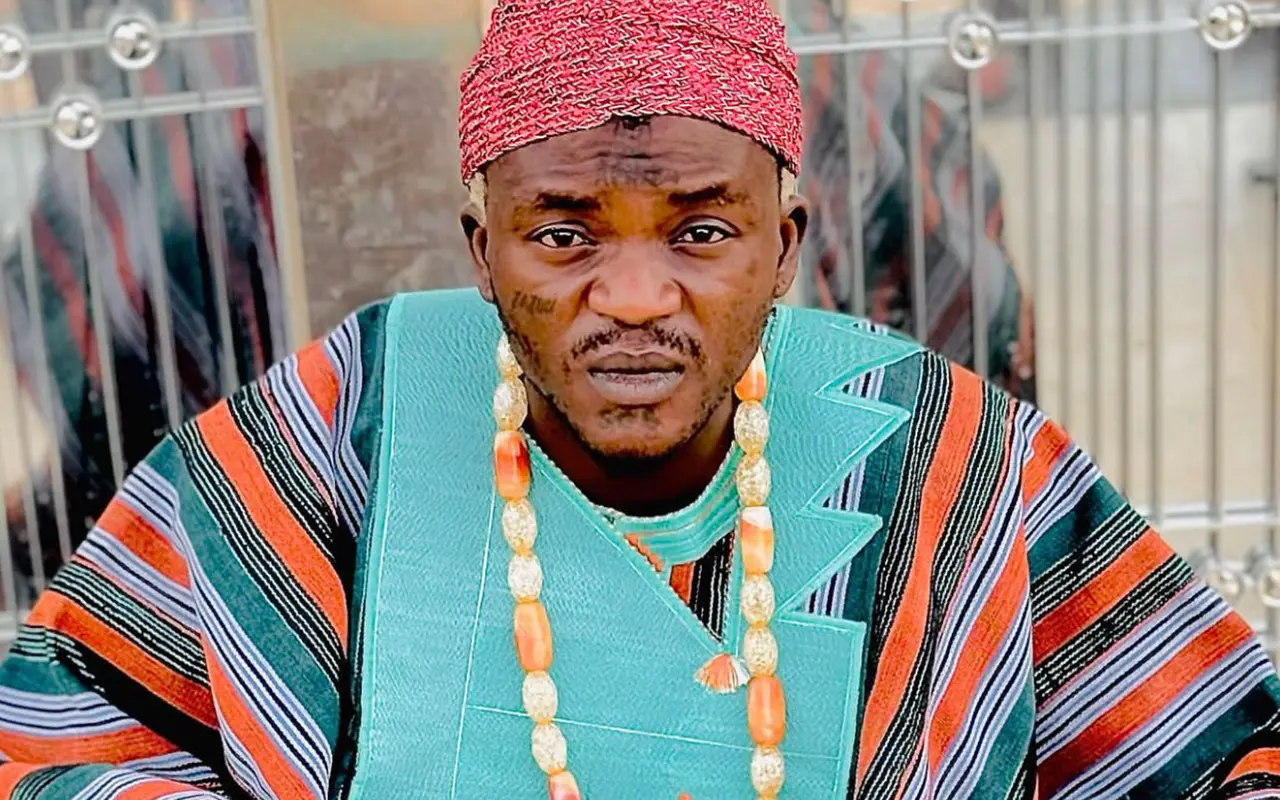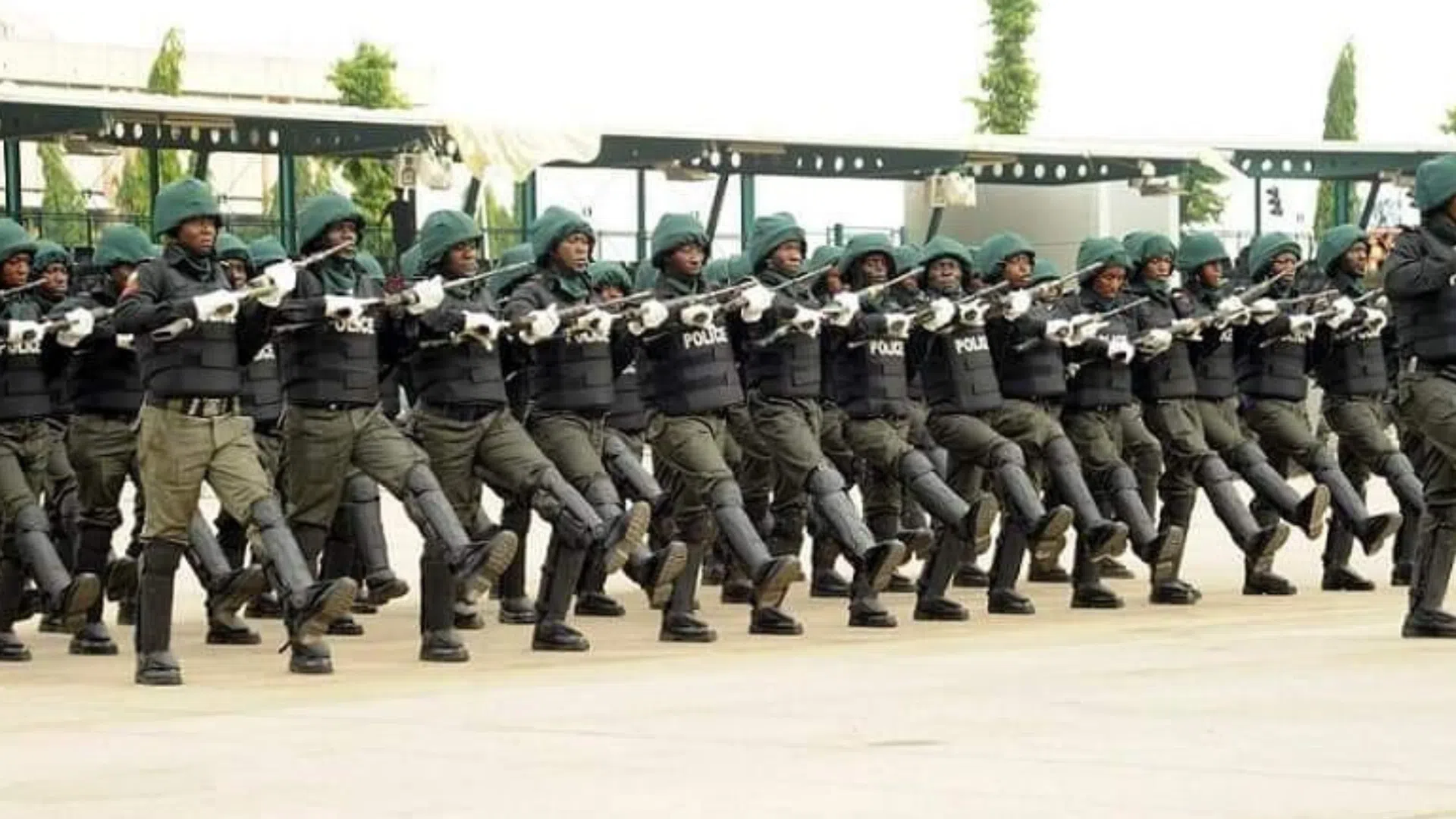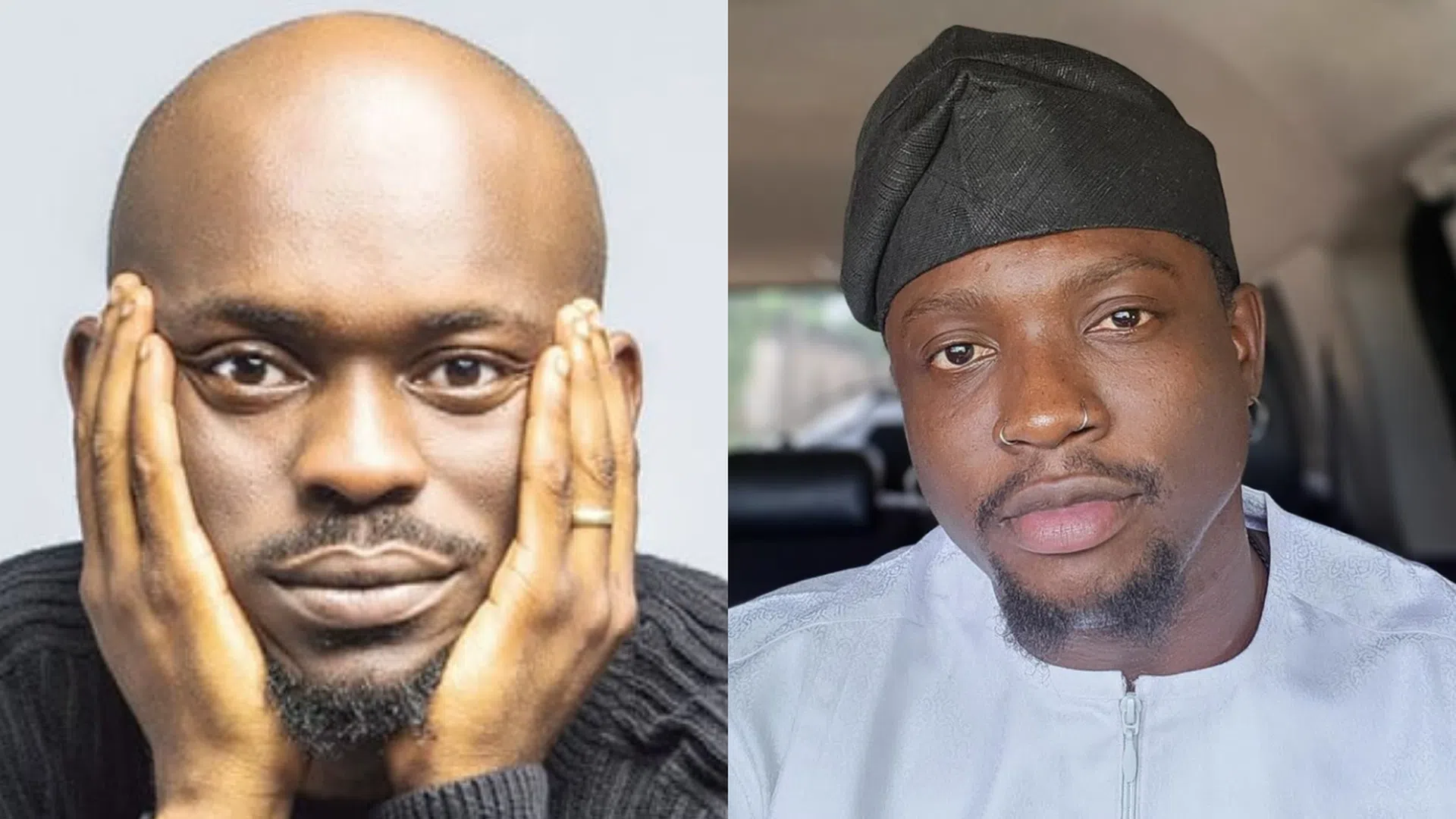
The motorcyclist (Okada rider) took his passenger on a ride to Masaka in Nasarawa State. When they got there, the customer decided he wanted to steal the motorcycle. Well, one would not say whether that was the passenger’s initial plan. Anyway, the rider refused and he received a stab in the head. The passenger hoped that the Okada rider would fall off the bike so that he could then steal it. Alas, the rider did not. Instead, he continued his ride with a long dagger stuck in his head.
The saga ended up in hospital. First, other Okada riders took him to the local police station to report the attempted murder. The policemen filled the incident form and directed them to the nearest hospital (Pan Raf Hospital, Nyanya). Thanks for coming, they said! Did they take pictures of the knife or the victim? Did they follow him to the hospital or offer any support whatsoever? You must be joking. He is lucky they did not arrest him for stealing the knife!
Dr. Odia and members of his staff at Pan Raf quickly admitted him and stabilised his condition before referring him onwards for expert management. I got the call from Cedarcrest Hospital at 6am. They had also emailed the shocking pictures of the man with a dagger buried in his head. The hospital had mobilised a team of doctors and nurses to review, manage and operate on this chap in the quickest possible time.
An X-ray of the skull showed the dagger had gone in from the right side of the face just in front of the ear and was nearly poking out from the cheek on the other side. The two hospitals had undertaken the immediate cost of care without demanding a single Naira. Time was also of the essence in case the chap bleeds to death.
The ophthalmologist had reviewed and luckily, the dagger had not damaged the eye. He could move his eyeballs equally on both sides and without pain. There was also no blood in the eye. The maxillo facial surgeon was happy with him as well. No obvious bleeding from the nose or ear and all looked calm in the face. Except for this long handled dagger sticking out of him. The brain evaluation was also satisfactory. He could give a good account of the incident.
We proceeded with plans for removing the dagger. First, we sent him for a CT brain scan to see what damage the dagger had done and the likely injured structures in its path through the head. The brain and the eye as well as the big blood vessels supplying the brain all seemed well. It did appear that he had escaped major brain injury, stroke, blindness and immediate death. He bled a bit from the wound but was alive and still talking. Lucky bugger!
Under general anaesthesia, we cleaned the area thoroughly, including the knife and applied our sterile drapes around it. We then made fresh cuts in the skin to help expose the skull bone and the area where the dagger actually entered into the bone. It required a big hammer and an outstanding effort to whack the dagger back through its track in the bone. A great effort was required and this gave further evidence, attesting to the severity and savagery of the attack. He did not bleed to death on the table and instead went on to make a safe and satisfactory recovery.
This type of violent and brutal attack happens on a daily basis and the behaviour persists because they are not investigated. The perpetrator in this case has a distinctive knife that may be identified in the local area, had the police bothered to investigate. Secondly, the Okada riders associations need to find ways to prevent the attraction of motorcycle thefts. Could the cycles be marked in some way, be traceable and recovered if stolen, perhaps because they have electronic tags or computer chips in them?




















